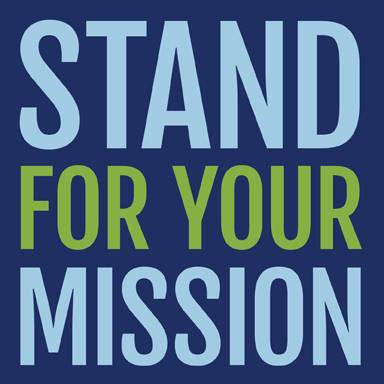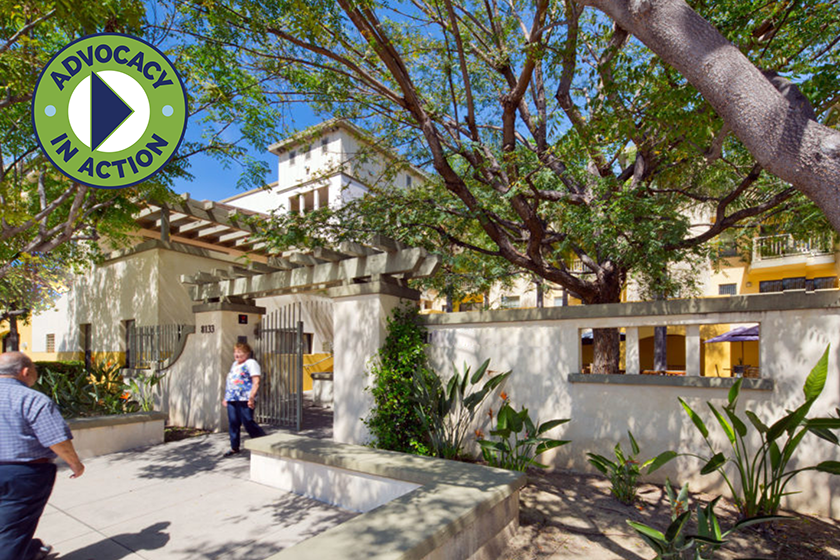Public policy can play a powerfully positive role in making the world a better place. And it can help nonprofit organizations make important advances that create lasting, positive change. True solutions, instead of temporary fixes.
But just as public policy can be a source of tremendous good, so can it be a destructive force that harms the people and communities our organizations serve.
That’s because when it comes to our missions, the impact of changes in public policy is rarely neutral. And – as leaders of our organizations – that means that we cannot be neutral either.
We must advocate.




